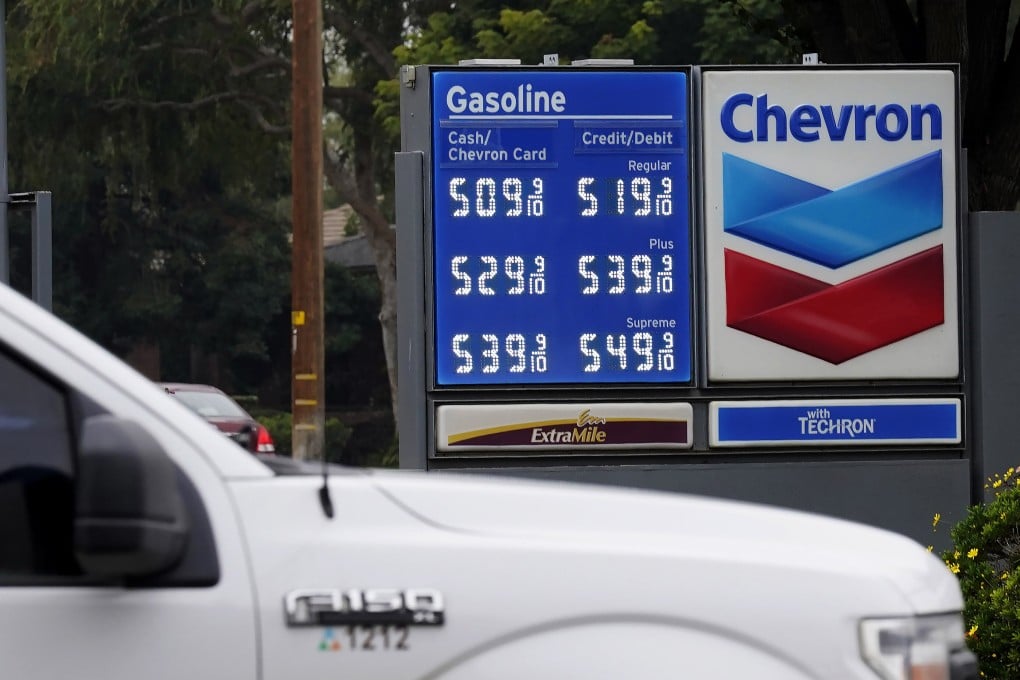Macroscope | Why the global inflation surge could signal an economic collapse
- The link between inflation and asset price collapse or debt market implosion might have been forgotten, but it is still there
- Policymakers cannot afford to ignore the increasingly shaky state of the foundations on which the global economy rests

To illustrate, anyone walking down a street of high-rise buildings during an earth tremor when the buildings begin to sway need not panic, alarming though the experience can be, provided the buildings have solid foundations. Tremors are often transitory and do not always portend major earthquakes.
But if some of those figurative skyscrapers are houses of cards or are built on sand, everyone had better run for their lives. This will be no transitory tremor but a shock that could lay waste to the entire city.
Thus it is now with the current bout of inflation, running at a 30-year high in the US and at long-time highs elsewhere. This could be just the passing tremor policymakers are hoping and praying for, but they cannot afford to ignore the shaky state of the soaring edifices around them.
